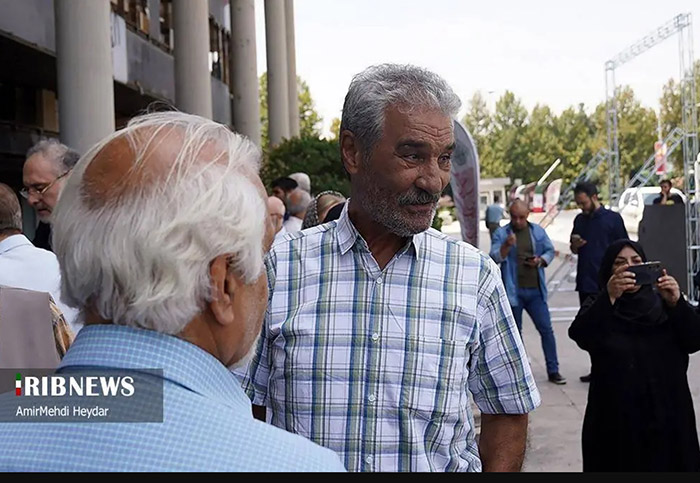At 7:00 PM Iranian time, as Emami was delivering a live news bulletin, the studio was hit. The broadcast was interrupted. For a brief moment, Iranian television screens went dark — a moment that captured both the literal and symbolic collapse of a seemingly untouchable state institution.
Yet in what quickly became a widely shared image on social media, Sahar Emami returned to the live broadcast, composed and determined, within minutes of the attack. The IRIB, despite severe damage to its key building, resumed operations with an emergency protocol that merged its Third Channel programming with the News Network frequency.
The Human Cost and the Media Message
The attack was condemned by Iranian officials and provoked widespread debate across international media. Human rights organizations criticized Israel for targeting a civilian media facility, citing international conventions that protect journalists and media outlets even during armed conflicts.
But the event also sparked introspection within Iran, particularly about the role of the IRIB. For decades, the IRIB has been criticized for operating under strict governmental oversight, engaging in censorship, and suppressing dissenting voices. The missile strike thus symbolized for some a shattering of illusions — not just about external threats, but about internal narratives that the IRIB has promoted.

